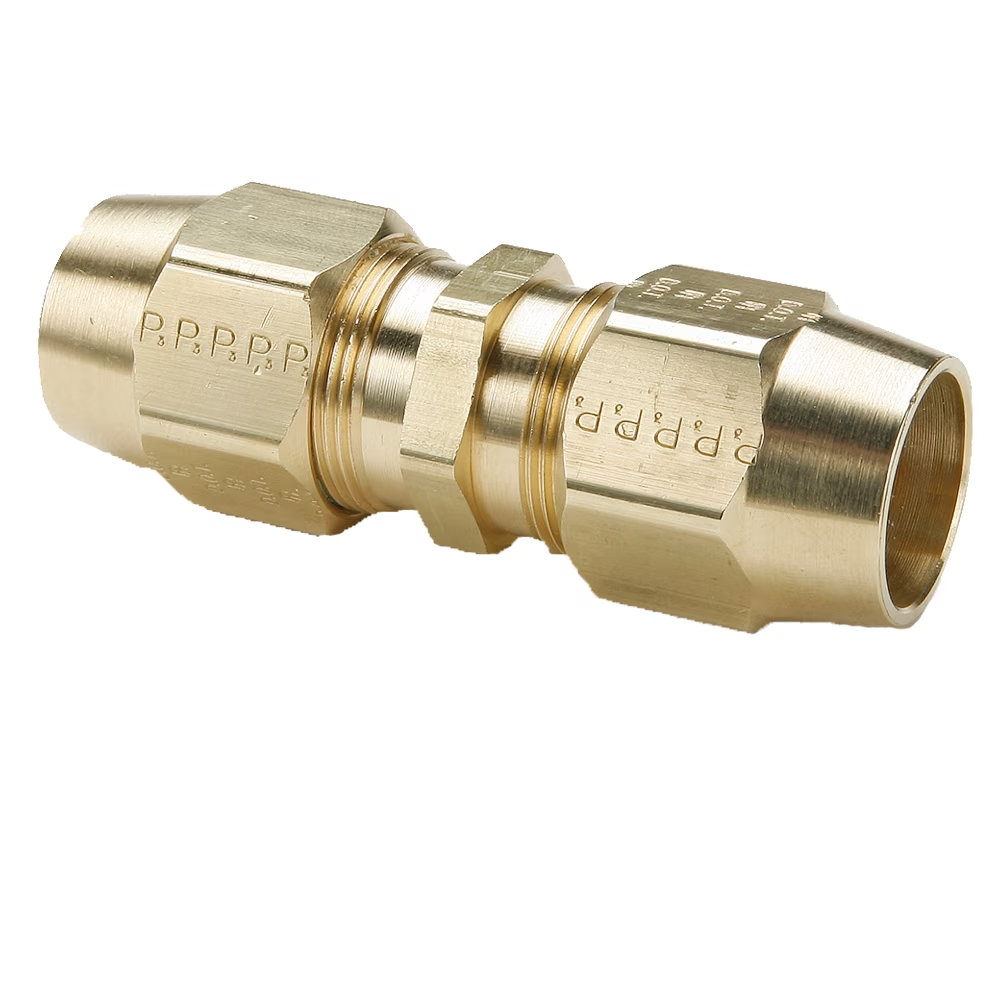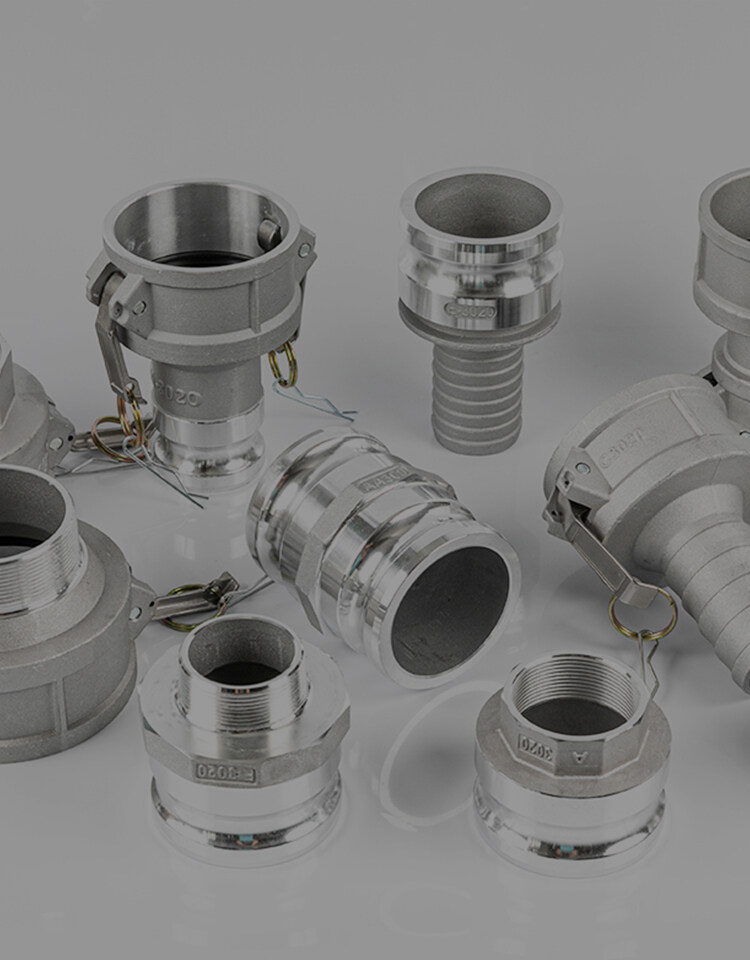Erreur de format d'e-mail
emailCannotEmpty
emailDoesExist
pwdLetterLimtTip
inconsistentPwd
pwdLetterLimtTip
inconsistentPwd

Nouvelles
Ici, vous pouvez décrire un morceau de texte que vous souhaitez exprimer

Mastering the Art of Fluid Dynamics with Quick Connect Hydraulic Couplings
In the dynamic world of fluid power systems, the efficiency and reliability of hydraulic connections are non-negotiable. Quick connect hydraulic couplings have emerged as a game-changer, offering a swift and secure method to manage the flow of fluids. This comprehensive guide will take you through the ins and outs of quick connect hydraulic couplings, their benefits, applications, and the various types that are reshaping industries.
Understanding Quick Connect Hydraulic Couplings:
Quick connect hydraulic couplings are ingeniously designed devices that enable a fast and secure connection between hoses, pipes, and other components within a hydraulic system. These couplings are the linchpins of modern fluid transfer, allowing for the rapid disconnection and connection of fluid lines, which is essential in minimizing downtime and boosting productivity.
The Mechanics of Quick Connect Couplings:
At the heart of quick connect hydraulic couplings is their ability to create a leak-free seal while allowing for effortless engagement and disengagement. This is typically achieved through a user-friendly push-pull mechanism or a threaded sleeve that ensures the coupling is securely locked in place.
Advantages of Using Quick Connect Hydraulic Couplings:
The transition to the hydraulic couplings from traditional methods brings a host of advantages, including:
Time Efficiency: The design of quick connect couplings drastically cuts down the time needed to connect and disconnect hydraulic lines, which is invaluable in time-sensitive operations.
Leak Prevention: Engineered to provide a tight and secure seal, these couplings are instrumental in minimizing the risk of fluid leaks, which can be costly and hazardous.
Versatility: Their adaptability makes them suitable for a diverse range of applications, from the intricacies of automotive systems to the robust requirements of heavy machinery.
Safety: By reducing the risk of spills and limiting exposure to harmful fluids, quick connect couplings contribute significantly to workplace safety.
Types of Quick Connect Hydraulic Couplings:
The market offers a variety options, each tailored for specific applications and pressure requirements. Among the most prevalent are:
Flat Face Couplings: These are the go-to for applications where minimal spillage and air inclusion are critical.
Thread-to-Connect Couplings: These couplings are robust and ideal for high-pressure environments where a secure connection is paramount.
Push-to-Connect Couplings: Known for their convenience, these are used in moderate pressure systems where ease of use is a priority.
Selecting the Right Quick Connect Hydraulic Coupling:
The selection of the right quick connect hydraulic coupling hinges on several critical factors:
Operating Pressure: The coupling must be capable of withstanding the system’s maximum pressure without compromise.
Fluid Compatibility: The materials used in the coupling should be compatible with the fluids being transferred to avoid degradation and failure.
Environmental Conditions: Factors such as temperature extremes, vibrations, and potential exposure to corrosive elements must be taken into account.
Installation and Maintenance Tips:
The longevity and functionality are heavily dependent on proper installation and maintenance:
Follow Manufacturer Instructions: Adherence to the manufacturer’s guidelines is crucial for optimal performance.
Regular Inspection: Routine checks for wear, damage, or leaks can prevent failures and extend the life of the coupling.
Cleanliness: Maintaining cleanliness around the coupling area is essential to prevent contamination that could compromise the hydraulic system.
Applications of Quick Connect Hydraulic Couplings:
The hydraulic couplings have found their place in a wide array of industries, such as:
Agriculture: They are used to swiftly connect implements to tractors and other agricultural machinery.
Construction: In the construction industry, they facilitate rapid tool changes on heavy equipment.
Manufacturing: These couplings are integral to automated production lines, allowing for quick changes and maintenance of fluid lines.
Innovations in Quick Connect Coupling Technology:
The quick connect hydraulic coupling industry is continuously evolving, with manufacturers pushing the envelope to enhance coupling performance. Innovations like automatic locking mechanisms and color-coded systems simplify identification and operation, further streamlining the fluid connection process.
Conclusion:
Quick connect hydraulic couplings stand as a cornerstone in the efficient operation of modern hydraulic systems. Their ability to provide secure, leak-free connections with speed and efficiency is invaluable across a multitude of industries. By understanding the various types, selecting the appropriate coupling for your application, and adhering to proper maintenance protocols, you can ensure the seamless performance of your fluid power systems.
Whether you’re dealing with water coupling connections, faster quick connect couplings, water quick connect couplings, connecting couplings, or hydraulic quick connect couplings, the underlying principle remains consistent: to offer a reliable and efficient solution for managing hydraulic connections. Embracing quick connect technology is not just about keeping up with the times; it’s about optimizing performance, ensuring safety, and driving productivity to new heights.

